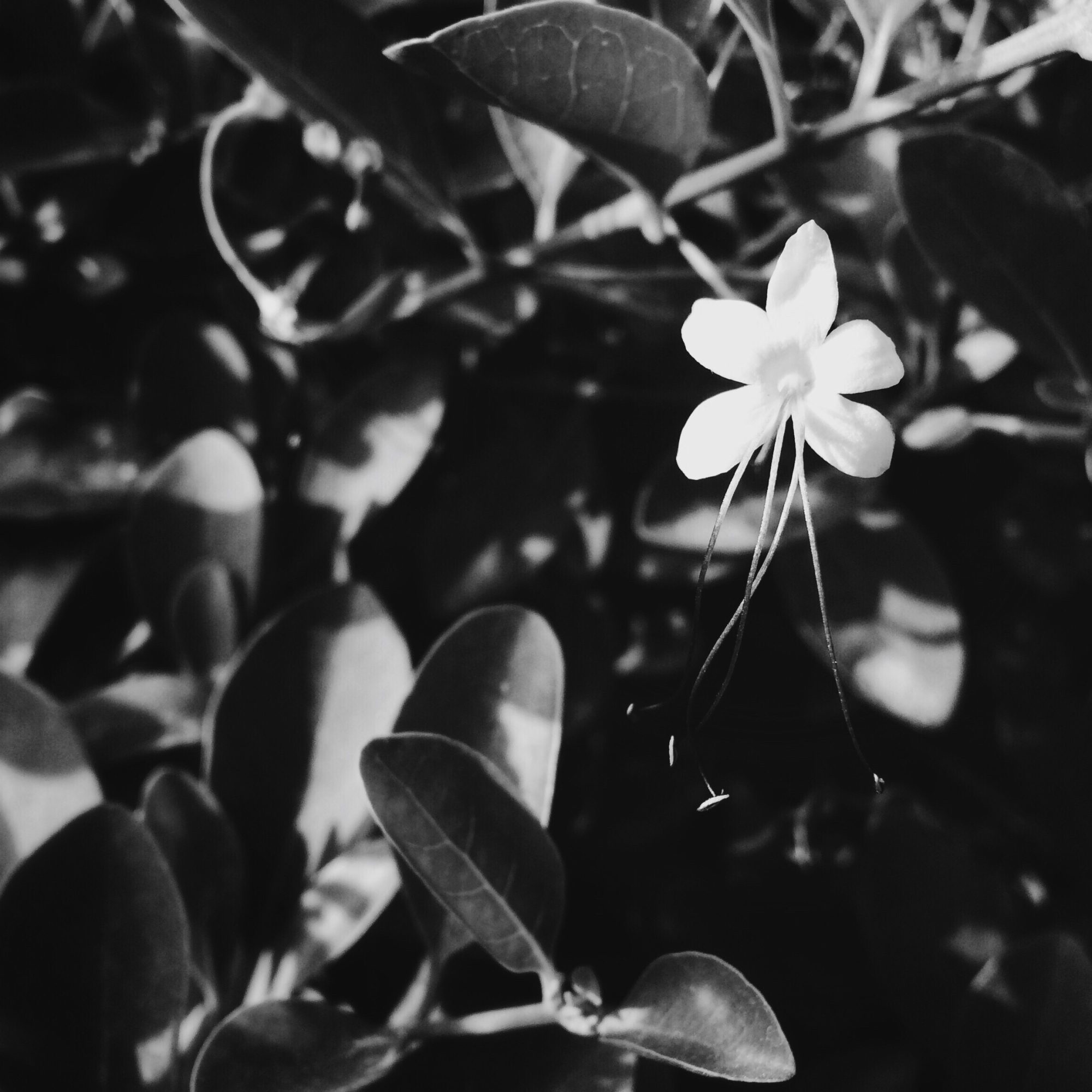Have you ever wondered why some photographs are etched in our memories, while others seem to fade away? I still remember one photograph, a portrait of a woman, caught in a moment of profound sadness. The stark contrast of light and shadow skillfully highlighted her eyes, amplifying the emotion. And it was in that moment, I realized, the contrast was not merely a technique, but a canvas that painted emotions.
Speaking of contrast, have you ever heard of the terms ‘High Key’ and ‘Low Key’ in photography? To many amateurs, and even some seasoned photographers, these concepts might sound like some cryptic jargon. But, believe me, they’re incredibly impactful once you get the hang of them!
What is High and Low Key Photography?
Both High Key and Low Key photography are artistic techniques that leverage the contrast in the imagery to deliver a specific mood or a story. High Key is all about making brighter photos, filled with light, banishing shadows to the corners. Low Key, on the other hand, create images dominated by darkness, where light is but a fleeting guest highlighting only the bits and pieces. This is no magic, but an intelligent mastery over the Exposure Triangle Photography, employing the control you have over aperture, ISO, and shutter speed.
Capturing the High Key Photography Effect
High key photography doesn’t necessarily mean overexposed or washed-out pictures. In truth, it’s about minimising strong, harsh contrast and employing a wide range of lighter tones to create a photograph filled with positivity and light. Wedding photographers are particularly fond of this style, as it helps to capture the light-hearted mood of these joyous occasions.
But don’t be fooled by its seemingly simple appearance. Achieving a good high-key image requires delicate control over your camera’s settings, along with favourable lighting conditions. Your aim should be to expose your shot correctly while maintaining the ‘whites’.
Low Key Photography – Dabbling in the Darkness
Low key photography is the other side of the coin, perhaps more striking in its visual appeal due to its inherent drama. Low key images are brimming with shadows and only include specific, generally smaller, areas of brightness. This interplay of light and shadow creates a highly focused image, often oozing with moodiness and mystery.
The dark background in low key photographs allows the viewer’s eyes to be drawn directly to the lit parts, typically the subject. Consequently, this technique is fantastic for creating strong, dramatic portraits or still life compositions.
Achieving Low Key Effect
Achieving the Low Key effect is essentially the art of embracing darkness. This involves underexposing your image purposefully to achieve the desired depth and drama. While a dimly lit environment can set the stage for a low key shot, your camera’s settings are critical in obtaining the desired effect. Understanding how to manipulate the Exposure Triangle becomes crucial here.
Remember, this technique, though primarily about shadows, also concerns where the light falls. So carefully position your subject to illuminate only key areas. A poorly executed low key image can look dull and underexposed rather than evocatively dark.
High Key vs Low Key: A Matter of Choice?
High Key or Low Key, neither of the techniques is inherently superior to the other. The choice between the two depends largely on the mood you want to convey. High Key often evokes feelings of joy, brightness, and serenity. Low Key, on the other hand, communicates mystery, drama, and intensity.
So, the next time you’re grappling with the emotional tone of your photographs, experiment with the breathtaking world of High Key and Low Key photography. Who knows, you might just discover your new favourite technique.


0 Comment